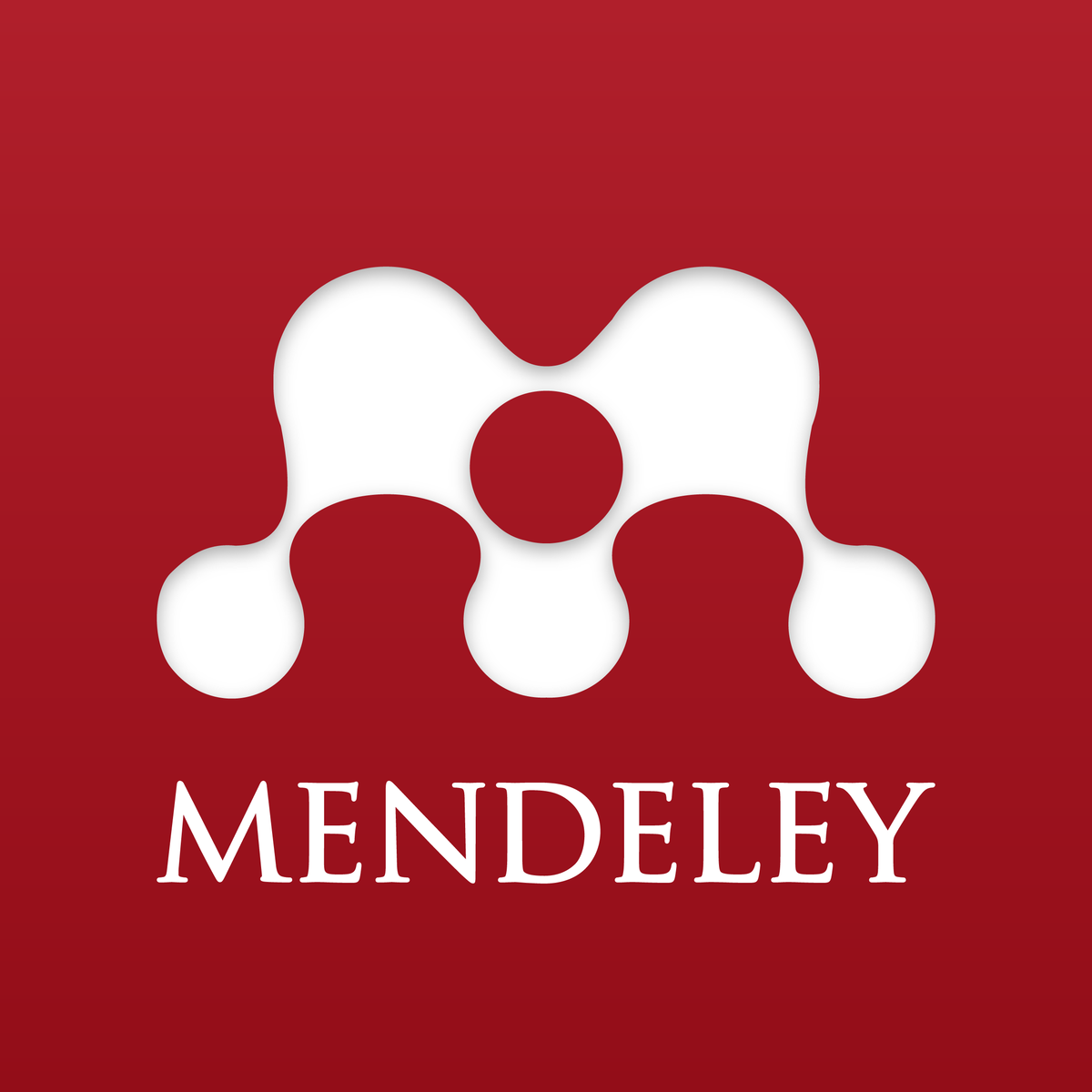Program Akselerasi Terintegrasi Wilayah Berwawasan Interkoneksi SETS (Science-Environment-Technology-Society) untuk Mewujudkan Smart Society 5.0
Abstract
Penelitian ini bertujuan untuk mengembangkan program/model akselerasi terintegrasi-wilayah interkoneksi SETS dan ABCDuntuk mewujudkan ekosistem pendidikan sesuai dengan smart society 5.0. Produk yang dikembangkan adalah berupa model kurikulum PTKI. Kelayakan produk dapat ditinjau dari validitas, kepraktisan, serta keefektifannya. Metode yang digunakan adalah penelitian pengembangan (R&D) yang terdiri dari lima langkah, meliputi: 1) identifikasi masalah, 2) identifikasi produk sementara dan prinsip-prinsip rancangan, 3) pembuatan produk awal beserta teori pendukungnya, 4) pembuatan dan penilaian prototipe produk beserta teorinya, dan 5) penyelesaian masalah dan membuat kemajuan teori. Dikarenakan terbatasnya akses penelitian akibat pandemi Covid-19, maka pada penelitian ini hanya dilakukan satu dari dua uji coba. Desain uji terbatas menggunakan control-group pre-test post-test design. Teknik pengumpulan data dilakukan melalui kuesioner, dan tes. data yang dihasilkan kemudian dianalisis menggunakan analisis deskriptif kuantitatif, deskriptif kualitatif serta statistik inferensial. Hasil penelitian menunjukkan bahwa bahwa Program kurikulum yang dikembangkan dan diberi sebutan PASTIWBISA valid, praktis dalam memfasilitasi kemampuan eksploratif, serta efektif meningkatkan keterampilan smart socety 5.0, sehingga layak digunakan sebagai model kurikulum di PTKI.
References
Antink-Meyer, A., & Brown, R. A. (2017). Second-career science teachers’ classroom conceptions of science and engineering practices examined through the lens of their professional histories. International Journal of Science Education, 39(11), 1511–1528. https://doi.org/10.1080/09500693.2017.1338787
Arends, R. (2012). Learning to teach. In Connect, learn, succeed CN - LB1025.3 .A74 2012 (9th ed). McGraw-Hill. https://hasanahummi.files.wordpress.com/2017/04/connect-learn-succeed-richard-arends-learning-to-teach-mcgraw-hill-2012.pdf
Asyari. (2006). Penerapan Pendekatan Salingtemas dalam Pembelajaran Sains. Direktorat Dikti.
Atikah, A., Sanjaya, Y., & Rustaman, N. (2018). The Role of Visuospatial Representation to Improve Student’s Conceptual Mastery based on Gender in Learning Human Urinary System. Journal of Science Learning, 1(3), 95. https://doi.org/10.17509/jsl.v1i3.11790
Bottia, M. C., Stearns, E., Mickelson, R. A., Moller, S., & Jamil, C. (2020). The Importance of Community Colleges in Students’ Choice to Major in STEM. Journal of Higher Education, 0(0), 1–33. https://doi.org/10.1080/00221546.2020.1742032
Bricker, L. A., Reeve, S., & Bell, P. (2014). “She Has to Drink Blood of the Snake”: Culture and prior knowledge in science{pipe}health education. International Journal of Science Education, 36(9), 1457–1475. https://doi.org/10.1080/09500693.2013.827817
Campbell, T., Zuwallack, R., Longhurst, M., Shelton, B. E., & Wolf, P. G. (2014). An Examination of the Changes in Science Teaching Orientations and Technology-Enhanced Tools for Student Learning in the Context of Professional Development. International Journal of Science Education, 36(11), 1815–1848. https://doi.org/10.1080/09500693.2013.879622
Carvalho, G. S., Tracana, R. B., Skujiene, G., & Turcinaviciene, J. (2011). Trends in Environmental Education Images of Textbooks from Western and Eastern European Countries and Non-European Countries. International Journal of Science Education, 33(18), 2587–2610. https://doi.org/10.1080/09500693.2011.556831
Cerinsek, G., Hribar, T., Glodez, N., & Dolinsek, S. (2013). Which are my Future Career Priorities and What Influenced my Choice of Studying Science, Technology, Engineering or Mathematics? Some Insights on Educational Choice-Case of Slovenia. International Journal of Science Education, 35(17), 2999–3025. https://doi.org/10.1080/09500693.2012.681813
Forrester, G., Kurth, J., Vincent, P., & Oliver, M. (2020). Schools as community assets: an exploration of the merits of an Asset-Based Community Development (ABCD) approach. Educational Review, 72(4), 443–458. https://doi.org/10.1080/00131911.2018.1529655
Holmegaard, H. T. (2015). Performing a Choice-Narrative: A qualitative study of the patterns in STEM students’ higher education choices. International Journal of Science Education, 37(9), 1454–1477. https://doi.org/10.1080/09500693.2015.1042940
Kezar, A., & Gehrke, S. (2017). Sustaining Communities of Practice Focused on STEM Reform. Journal of Higher Education, 88(3), 323–349. https://doi.org/10.1080/00221546.2016.1271694
Kim, M., & Tan, H. T. (2013). A Collaborative Problem-solving Process Through Environmental Field Studies. International Journal of Science Education, 35(3), 357–387. https://doi.org/10.1080/09500693.2012.752116
Lee, H., Yoo, J., Choi, K., Kim, S. W., Krajcik, J., Herman, B. C., & Zeidler, D. L. (2013). Socioscientific Issues as a Vehicle for Promoting Character and Values for Global Citizens. International Journal of Science Education, 35(12), 2079–2113. https://doi.org/10.1080/09500693.2012.749546
Mathie, A., & Cunningham, G. (2003). From clients to citizens: Asset-based Community Development as a strategy for community-driven development. Development in Practice, 13(5), 474–486. https://doi.org/10.1080/0961452032000125857
Nugent, G., Barker, B., Welch, G., Grandgenett, N., Wu, C. R., & Nelson, C. (2015). A Model of Factors Contributing to STEM Learning and Career Orientation. International Journal of Science Education, 37(7), 1067–1088. https://doi.org/10.1080/09500693.2015.1017863
Nurhadi, Yasin, B., & Senduk, A. G. (2004). Pembelajaran Kontekstual dan Penerapannya dalam KBK. UM Press.
Permanasari, A. (2016). Inovasi dalam Pembelajaran Sains. Prosiding Seminar Nasional Pendidikan Sains, 12. https://media.neliti.com/media/publications/173124-ID-stem-education-inovasi-dalam-pembelajara.pdf
Plomp, T., & Nieveen, N. (2013). SLO • Netherlands institute for curriculum development. 207. https://www.researchgate.net/profile/Brenda_Bannan/publication/263733328_The_Integrative_Learning_Design_Framework_114_-_133_An_Illustrated_Example_from_the_Domain_of_Instructional_Technology/links/0046353bc22945ecfd000000/The-Integrative-Learning-Design-
Sahin, A. (2017). Hubungan antara STEM SMA pengalaman, harapan, dan matematika dan kemanjuran ilmu pengetahuan dan kemungkinan jurusan STEM di perguruan tinggi belajar. 10–12.
Sahin, A., Ekmekci, A., & Waxman, H. C. (2017). The relationships among high school STEM learning experiences, expectations, and mathematics and science efficacy and the likelihood of majoring in STEM in college. International Journal of Science Education, 39(11), 1549–1572. https://doi.org/10.1080/09500693.2017.1341067
Salahuddin, N. (2016). Panduan KKN ABCD, UIN Sunan Ampel Surabaya: Asset Based Community-driven Development (ABCD). http://digilib.uinsby.ac.id/6453/1/2. Panduan KKN ABCD %2B Cover.pdf
Siti Umayah. (2015). PENGARUH PENDEKATAN SALINGTEMAS DENGAN PEMANFAATAN LINGKUNGAN PASAR SEBAGAI SUMBER BELAJAR TERHADAP HASIL BELAJAR DAN SIKAP PEDULI LINGKUNGAN [Other]. UNIVERSITAS NEGERI SEMARANG.
Slavin, R. E. (2019). Educational psychology: Theory and practice. Allyn and Bacon. http://www.dphu.org/uploads/attachements/books/books_4778_0.pdf
Velayutham, S., Aldridge, J., & Fraser, B. (2011). Development and validation of an instrument to measure students’ motivation and self-regulation in science learning. International Journal of Science Education, 33(15), 2159–2179. https://doi.org/10.1080/09500693.2010.541529
Watermeyer, R., Morton, P., & Collins, J. (2016). Rationalising for and against a policy of school-led careers guidance in STEM in the U.K.: a teacher perspective. International Journal of Science Education, 38(9), 1441–1458. https://doi.org/10.1080/09500693.2016.1195520
Zakia, D. L., Sunardi, S., & Yamtinah, S. (2016). Pemilihan dan Penggunaan Media dalam Pembelajaran IPA mahasiswa Tunarungu Kelas XI Di Kabupaten Sukoharjo. Sainsmat : Jurnal Ilmiah Ilmu Pengetahuan Alam, 5(1). https://doi.org/10.35580/sainsmat5130452016.
Jurnal Tadris IPA Indonesia allow the author(s) to hold the copyright without restrictions and allow the author(s) to retain publishing rights without restrictions, also the owner of the commercial rights to the article is the author.









